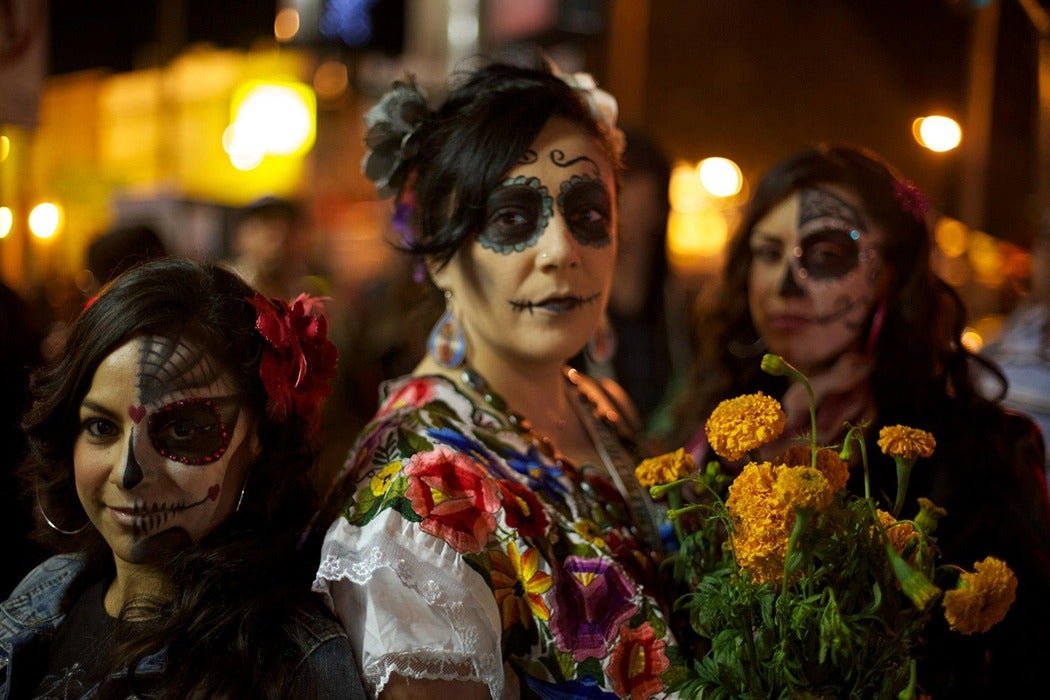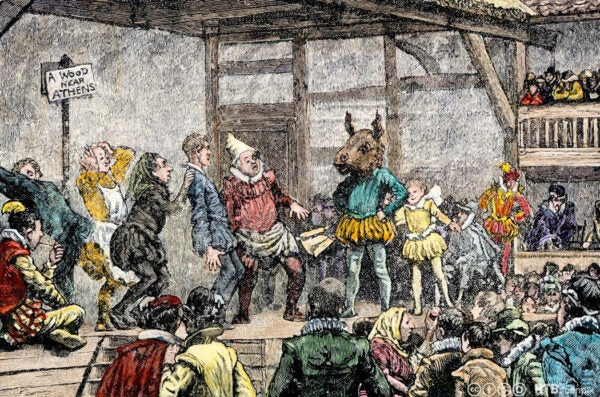El Día de los Muertos, or Day of the Dead, is a longstanding and time-honored holiday with deep historical and cultural roots. Celebrated in Mexico and in many places throughout the United States, El Día de los Muertos and its associated rituals date back thousands of years to ancient Mesoamerica, where it was celebrated by the Olmec, Toltex, Mexika, and Maya. Although they all honored their dead in different ways, some of their rituals are still celebrated and observed now. Many poets and writers have commemorated the Day of the Dead by writing about childhood memories, family members past, and the foods and traditions associated with the festivities.
Poet Yusef Komunyakaa writes about El Día de los Muertos, describing the family altars and their elicitations in detail.
“Terra-cotta shrines for loved ones
Who died to hurt us. We rehearse
Their tunes & display their favorite
Colors in a labyrinth of unwinding rooms…”
When celebrating El Día de los Muertos, people construct altars to honor and commemorate the deceased in preparation for their return to the world of the living. Many believe that their ancestors return and participate in the celebrations, while others believe that they return to play tricks on those in the living world.
Poet Robert Vasquez imagines what it might be like to be the returning dead, in a fanciful poem about the holiday:
“…And I’m the neighbor
gone loveless for years
and walled off by eucalyptus
and brick. I’m the silent one
drawn the bonfires, those in alleyways and sky…”
In Rafael Campo’s poem, Campo tells a vivid story about his out-of-body experience and ultimately death, on El Día de los Muertos:
“As water filled my eyes,
I sang a song in honor of the dead.
They came for me…
The sun, awakened from its dream,
Rose suddenly I watched it as I died,
And felt the heaviness of all its gold…”
El Día de los Muertos celebrates and honors the departed spirits of family members and loved ones, who are believed to return during the holiday period. It is both a celebration of the life cycle and death, family and faith.
Ian Gonzalez pens a short story about spending El Día de los Muertos with his family at the graves—not only weaving rich details about traditions of the day, but also exploring feelings of loneliness, fear, love, and desire in a wonderful coming-of-age story:
“Kissing a girl behind the tomb on the Day of the Dead, her hair fragrant with all the flower petals boys have showered on her. We were thirteen, fourteen, something was beginning beyond kites that we believed we could hold onto longer…”
Read and download the complete poems and stories using the embedded links above or cited below. And ¡Feliz Día de los Muertos!







